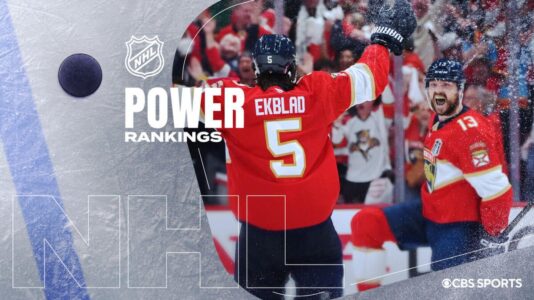Major League Baseball Arbitration Salary Filing Deadline: Key Developments and Player Outcomes
The annual salary arbitration filing day in Major League Baseball (MLB) took place on Thursday, marking the crucial deadline for teams and their arbitration-eligible players to submit proposed salary figures for the 2025 season. The official deadline was set for 8 p.m. ET, with an earlier soft deadline at 1 p.m. ET for teams to negotiate contracts.
Understanding the Arbitration Process
During the arbitration process, each player presents a salary figure that they believe reflects their value based on performance, while the team submits a lower figure. If the two parties cannot reach an agreement, the case is referred to an arbitration hearing. At that point, a three-member panel will select one of the two proposed salary figures, with no middle ground option available. Arbitration hearings are often contentious, with players and teams preferring to negotiate contracts to avoid the adversarial nature of the hearings.
Eligibility for arbitration typically includes players with three to six years of service time, as well as a select group of players referred to as "Super Twos," who qualify with two years and 132 days of service. Super Twos have the opportunity to enter arbitration four times instead of the standard three.
Significant Arbitration Cases
One of the most prominent arbitration cases this offseason involves Vladimir Guerrero Jr. of the Toronto Blue Jays. Guerrero, poised for free agency after the 2025 season, had a successful arbitration case last year. For 2025, projections suggest he could earn approximately $29.6 million, potentially ranking as one of the largest salaries for an arbitration-eligible player in history. The top salaries include:
- Juan Soto – $31 million (2024 Yankees)
- Shohei Ohtani – $30 million (2023 Angels)
- Mookie Betts – $27 million (2020 Dodgers)
If Guerrero’s projected salary materializes, it would elevate his total earnings through arbitration to over $70 million during his four arbitration years, approaching the record of $79.6 million set by Soto.
Notable Contracts and Non-Signings
In a quieter offseason for the San Diego Padres, the team finalized contracts for Luis Arraez ($14 million) and Dylan Cease ($13.75 million), both entering their final seasons. Despite these agreements, both players remain on the trade block as the Padres seek to manage payroll and fill roster gaps.
Additionally, discussions for multi-year extensions are ongoing for Garrett Crochet of the Boston Red Sox, who has been awarded a one-year contract of $3.8 million. The Cardinals and super utility player Brendan Donovan are also in talks, but were unable to reach an agreement by the deadline and will now exchange salary figures.
Several players received significant one-year contracts of at least $5 million ahead of the filing deadline, including:
- Zac Gallen (Diamondbacks) – $13.5 million
- Randy Arozarena (Mariners) – $11.3 million
- Josh Naylor (Diamondbacks) – $10.9 million
- Tarik Skubal (Tigers) – $10.15 million
It’s important to note that players who sign contracts before the filing deadline benefit from fully guaranteed contracts, which protects their salary even if they are released by the team during spring training.
The Outlook for Unsigned Players
As with previous seasons, a number of players did not reach agreements before the deadline and will either negotiate contracts in the coming weeks or move forward to arbitration hearings. Among the notable unsigned players are Jarren Duran (Red Sox), Michael King (Padres), and Brendan Donovan (Cardinals).
Conclusion: Context and Implications
The salary arbitration filing deadline serves as a pivotal event annually in the MLB calendar, highlighting both individual player achievements and team strategies. The outcomes of these negotiations not only impact the financial landscape for players but also shape team compositions and future trades.
The overall significance of this year’s deadline is underscored by the notable cases, particularly Guerrero Jr.’s, reflective of both the evolving player market and the intricacies of payroll management amidst competitive pressures. As arbitration hearings commence later this month, the outcomes could further influence player movements and financial decisions throughout the league.









